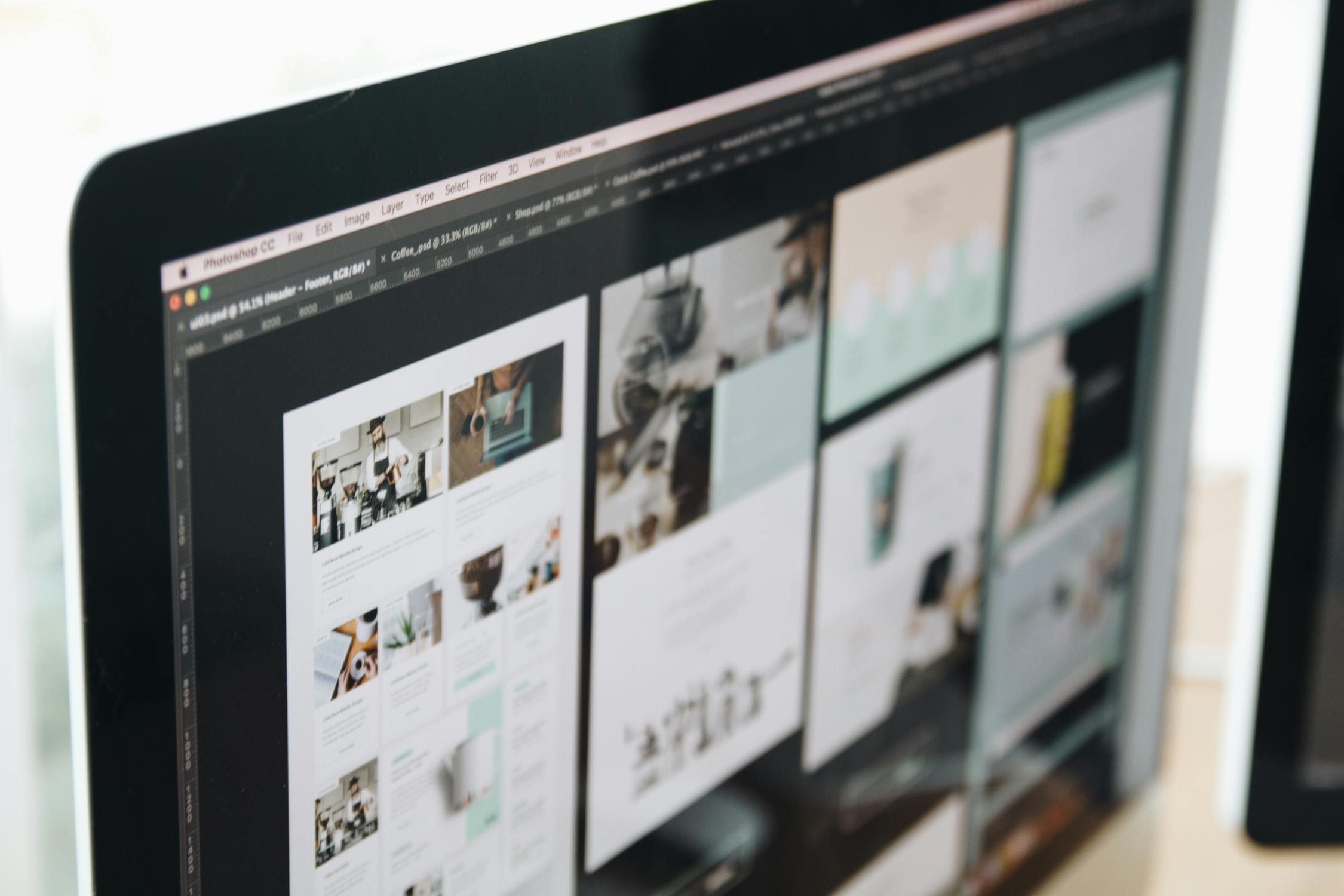The Impact of 3D Printing on Manufacturing: Innovations in Production
Written by harrison
Unlocking Additive Manufacturing: The Power of 3D Printing Technology
Additive manufacturing, powered by 3D printing technology, represents a paradigm shift in manufacturing processes, enabling the creation of complex geometries and intricate designs with unparalleled precision and efficiency. Explore the fundamentals of 3D printing technology, including layer-by-layer fabrication techniques, material properties, and printing processes. Understand how additive manufacturing has democratized access to production capabilities, empowering individuals and businesses to bring their ideas to life with unprecedented speed and flexibility.
Redefining Design Possibilities: Customization and Personalization at Scale
One of the most transformative aspects of 3D printing technology is its ability to facilitate customization and personalization at scale. Explore the limitless design possibilities offered by additive manufacturing, from bespoke consumer products to highly specialized industrial components. Witness the convergence of art and engineering as designers and manufacturers leverage 3D printing technology to create tailor-made solutions that meet the unique needs and preferences of end-users. From customized medical implants to personalized consumer goods, 3D printing is reshaping the way products are designed, produced, and consumed across industries.
Streamlining Production Processes: Efficiency and Resource Optimization
In addition to enabling design innovation, 3D printing technology has revolutionized production processes by streamlining workflows, reducing lead times, and optimizing resource utilization. Explore the efficiency gains achieved through additive manufacturing, including reduced material waste, lower production costs, and faster time-to-market for new products. Witness the transformation of supply chains as manufacturers embrace on-demand production models and decentralized manufacturing facilities enabled by 3D printing technology. From rapid prototyping to end-use production, additive manufacturing is driving a paradigm shift towards agile, responsive, and sustainable manufacturing practices.
Enhancing Product Performance: Materials Innovation and Advanced Applications
Advancements in materials science and engineering have expanded the capabilities of 3D printing technology, enabling the production of high-performance components and functional prototypes with superior mechanical properties and durability. Explore the diverse range of materials used in additive manufacturing, from thermoplastics and metals to ceramics and composites. Discover how material innovation is unlocking new applications for 3D printing technology across industries, from aerospace and automotive to healthcare and consumer electronics. Witness the convergence of materials science, digital design, and manufacturing technology as engineers and researchers push the boundaries of what is possible with additive manufacturing.
Empowering Sustainable Manufacturing: Environmental Benefits and Circular Economies
Beyond its technical capabilities, 3D printing technology holds the promise of advancing sustainable manufacturing practices and fostering circular economies. Explore the environmental benefits of additive manufacturing, including reduced carbon emissions, lower energy consumption, and minimized material waste compared to traditional manufacturing methods. Discover how 3D printing technology is enabling the transition towards localized production, decentralized supply chains, and on-demand manufacturing models that align with principles of sustainability and resource efficiency. From eco-friendly materials to closed-loop recycling systems, additive manufacturing is paving the way towards a more sustainable and resilient future for the manufacturing industry.
Embracing Collaboration and Innovation: The Future of 3D Printing in Manufacturing
As 3D printing technology continues to evolve and mature, collaboration and innovation will be key drivers of its future impact on manufacturing. Explore collaborative research initiatives, industry partnerships, and academic collaborations that are advancing the frontier of additive manufacturing. Witness the convergence of digital technologies, such as artificial intelligence, augmented reality, and blockchain, with 3D printing technology to unlock new possibilities for design optimization, production automation, and supply chain management. From rapid prototyping to mass customization, the future of manufacturing is being shaped by the limitless potential of 3D printing technology.

Overcoming Challenges in 3D Printing Adoption
While the potential of 3D printing in manufacturing is immense, the technology also presents challenges that must be addressed for widespread adoption. Explore common challenges faced by manufacturers in implementing 3D printing technology, including limitations in material properties, production scalability, and regulatory compliance. Learn how industry leaders are overcoming these obstacles through research and development initiatives, collaborative partnerships, and investments in workforce training and education. By addressing these challenges, manufacturers can unlock the full potential of 3D printing technology and capitalize on its transformative benefits.
Addressing Material Limitations and Performance Standards
One of the primary challenges in 3D printing adoption is the limited availability of materials with suitable properties for industrial applications. Explore efforts to expand the range of materials compatible with additive manufacturing processes, including high-performance polymers, metal alloys, and bio-compatible materials. Understand the importance of establishing performance standards and certifications to ensure the quality, reliability, and safety of 3D printed products across industries. By addressing material limitations and performance standards, manufacturers can broaden the scope of applications for 3D printing technology and drive innovation in product design and development.
Enhancing Digital Design and Simulation Capabilities
Effective utilization of 3D printing technology requires robust digital design and simulation capabilities to optimize product performance and manufacturability. Explore advancements in computer-aided design (CAD) software, finite element analysis (FEA), and topology optimization tools that enable engineers to design complex geometries and lightweight structures suitable for additive manufacturing. Learn how virtual prototyping and simulation techniques can help identify potential issues and optimize designs before physical production, reducing time-to-market and minimizing costly errors. By enhancing digital design and simulation capabilities, manufacturers can unleash the full potential of 3D printing technology and accelerate innovation in product development.
Scaling Up Production and Managing Supply Chain Integration
Scalability and supply chain integration pose significant challenges for manufacturers looking to leverage 3D printing technology for mass production and distributed manufacturing. Explore strategies for scaling up production capacity, including investments in automated production systems, additive manufacturing farms, and distributed manufacturing networks. Understand the importance of supply chain integration and digital connectivity in facilitating seamless collaboration between design, production, and distribution processes. By leveraging advanced manufacturing technologies and supply chain optimization techniques, manufacturers can realize the full benefits of 3D printing at scale and adapt to evolving market demands with agility and efficiency.
Navigating Regulatory and Intellectual Property Challenges
The adoption of 3D printing technology introduces complex regulatory and intellectual property challenges that must be navigated effectively to ensure compliance and protect intellectual assets. Explore regulatory frameworks governing the use of 3D printing technology in various industries, including healthcare, aerospace, and automotive. Understand the implications of intellectual property laws and regulations on design rights, patent infringement, and digital piracy in the context of additive manufacturing. Learn how manufacturers are collaborating with regulatory agencies, legal experts, and industry stakeholders to develop guidelines, standards, and best practices that promote responsible and ethical use of 3D printing technology. By navigating regulatory and intellectual property challenges effectively, manufacturers can mitigate risks, build trust with stakeholders, and foster a supportive ecosystem for innovation and growth.
Embracing Sustainability and Circular Economy Principles
In addition to addressing technical and regulatory challenges, manufacturers must also embrace sustainability and circular economy principles to maximize the benefits of 3D printing technology. Explore strategies for minimizing environmental impact throughout the product lifecycle, from material sourcing and production to end-of-life disposal and recycling. Learn how additive manufacturing enables on-demand production, localized manufacturing, and resource-efficient design practices that reduce waste and energy consumption. By embracing sustainability and circular economy principles, manufacturers can create value for stakeholders, reduce their ecological footprint, and contribute to a more sustainable and resilient manufacturing ecosystem.
Fostering Collaboration and Knowledge Sharing
Collaboration and knowledge sharing are essential for advancing the adoption and integration of 3D printing technology into mainstream manufacturing practices. Explore opportunities for industry collaboration, research partnerships, and knowledge exchange platforms that facilitate learning, innovation, and best practice sharing among manufacturers, researchers, and technology providers. Understand the importance of building interdisciplinary networks and communities of practice that foster creativity, collaboration, and continuous learning in the field of additive manufacturing. By fostering a culture of collaboration and knowledge sharing, manufacturers can accelerate the pace of innovation, overcome challenges, and unlock new opportunities for growth and competitiveness.
Investing in Workforce Development and Training
As 3D printing technology continues to evolve, investing in workforce development and training is essential for equipping employees with the skills and knowledge needed to leverage additive manufacturing effectively. Explore training programs, certifications, and educational resources that empower workers to master new technologies, software tools, and production techniques associated with 3D printing. Understand the importance of fostering a culture of lifelong learning and professional development within organizations, encouraging employees to embrace change, adapt to new technologies, and contribute to innovation and continuous improvement. By investing in workforce development and training, manufacturers can build a skilled and adaptable workforce capable of driving the adoption and integration of 3D printing technology across the organization.
Embracing a Future of Innovation and Possibility
In conclusion, the impact of 3D printing on manufacturing is profound and far-reaching, reshaping the way products are designed, produced, and consumed in the global marketplace. As manufacturers navigate the complexities and challenges of adopting additive manufacturing technologies, they must embrace a future of innovation, possibility, and transformation. By addressing technical, regulatory, and organizational barriers, embracing sustainability and circular economy principles, fostering collaboration and knowledge sharing, and investing in workforce development and training, manufacturers can unlock the full potential of 3D printing technology and usher in a new era of manufacturing excellence and sustainability. Together, let us embrace the possibilities of additive manufacturing and build a future where innovation knows no bounds, and manufacturing knows no limits.
Conclusion: Paving the Way Forward for 3D Printing in Manufacturing
In conclusion, the journey towards widespread adoption of 3D printing in manufacturing is marked by both opportunities and challenges. While the technology holds immense promise for revolutionizing production processes, unlocking design innovation, and fostering sustainability, its full potential can only be realized through concerted efforts to address key challenges and barriers to adoption. By overcoming material limitations, enhancing digital design capabilities, scaling up production capacity, and navigating regulatory complexities, manufacturers can pave the way forward for 3D printing in manufacturing and unlock new frontiers of innovation, efficiency, and competitiveness. As we embark on this transformative journey, let us remain committed to collaboration, innovation, and continuous improvement, ensuring that 3D printing technology realizes its full potential as a catalyst for positive change in the manufacturing industry and beyond.








